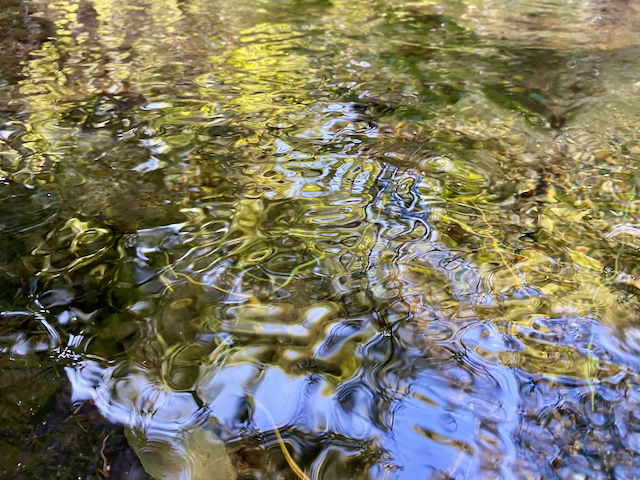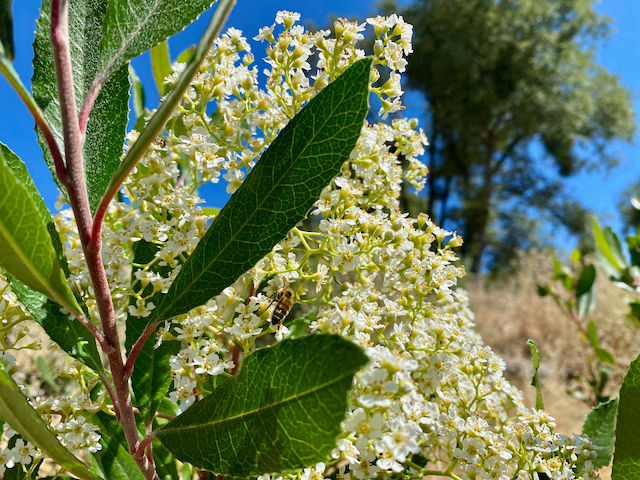The Battery of Life
- Sean Kriletich
- Sep 27, 2023
- 2 min read

As we ease into Autumn, I bow thankfully to this past summer of abundant water in the mountain streams of California. Water chuckling over the rocks and boulders appears to possess an energy far beyond the force of gravity. What powers the constantly shifting shapes on its surface, or the droplets that leap several feet into the air above the stream?
Back in the office researching these curiosities of water, I came across Gerald Pollack’s 2013 book, “The Fourth Phase of Water.” On the pages of this accessible read, Pollack describes his research into the structured state of water. He discovered that, when water encounters a hydrophilic, or water-loving, surface such as the rocks in a stream or the capillaries in our body, it transforms into a viscous, structured gel. This gel phase is characterized by a strong negative charge while the liquid water around the gel retains a strong positive charge.
Just as it takes energy to organize your home, it requires energy to electrically structure water. Pollack’s research demonstrates that this energy comes from the radiant energy inherent in all objects, described in Einstein’s equation E=mc2. In this fourth phase, water sources energy from the objects around it and separates into zones of positive and negative charge. This organization or structure holds potential energy that Pollack calls “the battery of life.”
Pollack’s research also demonstrates that the electrical structure of water’s gel state radiates out from surfaces in a pattern drawn from the energetic shape of the surfaces it contacts. This energy in structured water may explain why trees grow taller and faster in some watersheds and why biodynamic preparations and homeopathic remedies can produce positive results. In short, some patterns are healthier than others. Perhaps Veda Austin’s visually stunning observation of influence and response in ice provides another insight (https://www.vedaaustin.com/examples-1).
Whether in a mountain stream or in living organisms, water is constantly flowing past water-loving surfaces from which it gains energy. Laboratory observations by Pollack and Vladimir Voeikov demonstrate that the faster water flows across these hydrophilic surfaces, the more structured it becomes. It is the potential energy within water in this fourth, or structured, phase that produces the changing viscous zones we see on the surface of the stream and propels droplets high above it’s flow.
Enlightened by Pollack’s discovery of the patterned structure of water and the energy it contains, the mountain stream has much to teach us about what is taking place inside our own bodies. Just like the stream, we organisms must keep moving to stay energized.
In an ever more chaotic world, with a seemingly endless amount of work to do, might drinking structured water provide the energy we need to create the joyful, healthy abundant future we all deserve? A future powered by the energy of a mountain stream is certainly compelling. The future starts now.







Comments